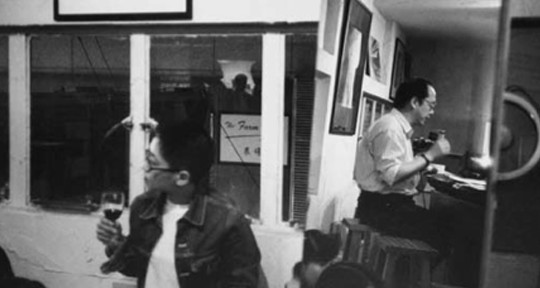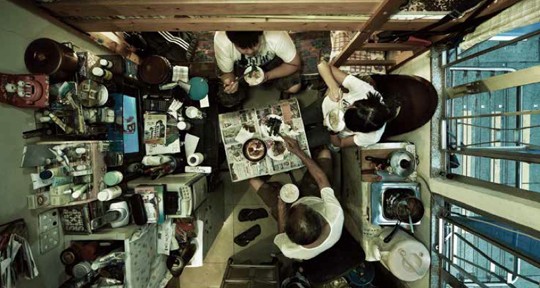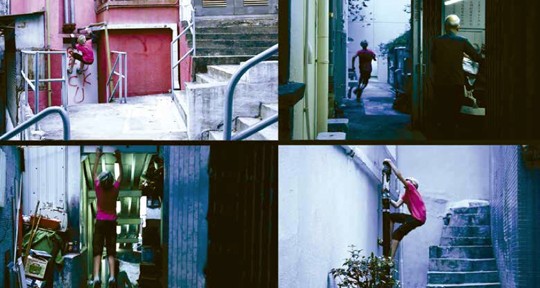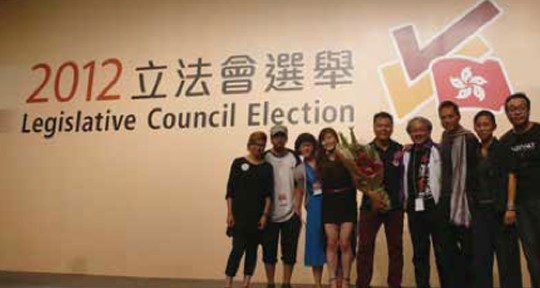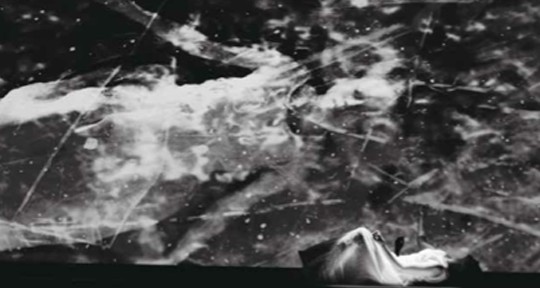SONG DONG’S 36 Calendars installation offers, through its participatory, dialogic dimension involving more than 400 members of the Hong Kong public, a way to examine local Hong Kong perceptions of history, and also perhaps highlights the issue of the difference that may exist between Mainland and Hong Kong senses of history. Calendars are a traditional…
Read MoreSINCE 1997, HONG Kong has been a space of constant debate as it has transitioned from a colonial outpost of Britain to a Special Administrative Region of China, still operating as a capitalist free port until 2047 as stipulated by the Basic Law. From social concerns regarding the monumental gap between rich and poor and…
Read MoreHONG KONG HAS provided the documentary and conceptual material for much of MAP Office’s practice since 1995. Here, we unfold chronological the set of tools that guided us to use Hong Kong as a cutting-edge laboratory for an innovative appropriation of the city/territory. 1995-2000 Starting with a research-oriented platform on territorial development, we set up…
Read More“I had never believed in ‘political art,’ but in 2012 I ran for the Legislative Council as an artist.” “The art world is polarized into two camps. There are artists who energetically participate in social movements, gradually distancing themselves from art and even believing aesthetics to be pointless decoration. In the other camp are artists…
Read MoreIF THERE IS anywhere that the juggernauts of the Chinese media could market art as an aspirational lifestyle, that place is Hong Kong— and yet nowhere else does the reality of art as a lifestyle diverge more absurdly from this imagery. Ironically enough, it was probably through the boom in Mainland contemporary art that Hong…
Read MoreDURING HONG KONG’S colonial period, the British administration was unwilling to cultivate a cultural mainstream for fear that it would threaten the position of the government. As a consequence, a divide-and-conquer strategy characterized the allocation of cultural space and art funding in post-1960s Hong Kong. This approach was intended to preclude the formation of a…
Read MoreWYNDHAM STREET IN Central has all the features of a typical Hong Kong street: it is a narrow, steep, winding road bustling with activity. Heading up towards where it joins Hollywood Road, the street gets even more crooked, the sides of this famous section lined with shops selling curios and collectibles from all over the…
Read More
